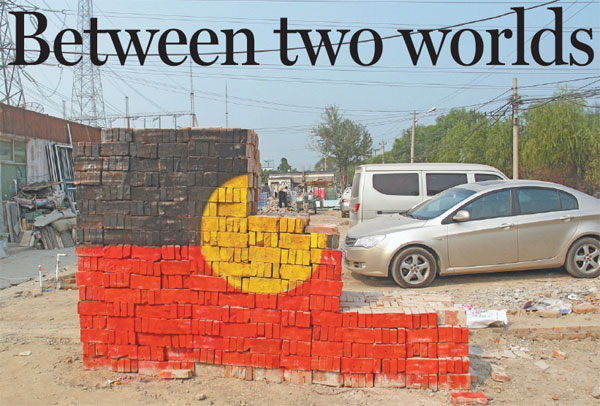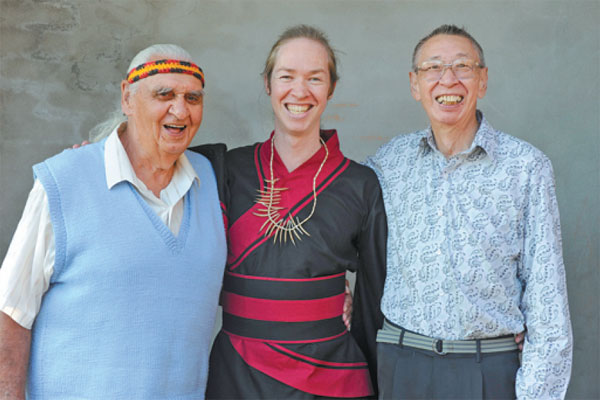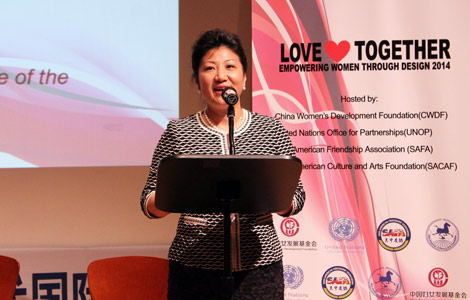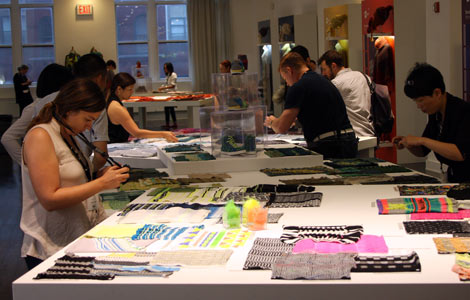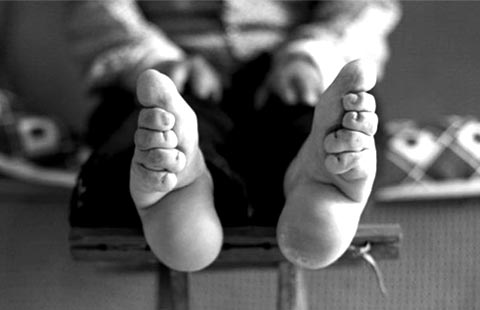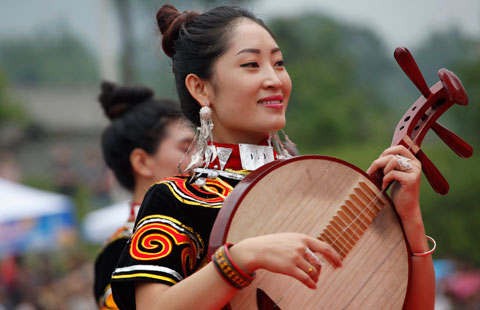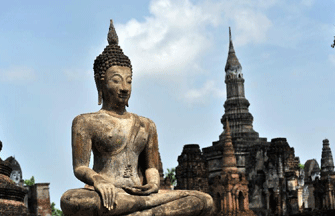Between two worlds
Updated: 2014-07-22 07:30
By Xu Jingxi (China Daily USA)
|
||||||||
Three artists with mixed Chinese and Australian Aboriginal heritage have come together to present their works that explore their identities caught between two ancient cultures. Xu Jingxi reports.
Wearing an Aboriginal necklace, a man strikes a typical kung fu greeting pose. He is wearing four flags on his back like wings. They are the flag of China, the banner of the King of Scots and the national flags of New Zealand and Spain.
This is the image of a huge digital print hanging at the entrance of YibanYiban, which means "half half" in Chinese. It is an exhibition by three Australian contemporary artists with Aboriginal and Chinese heritage which is on display in Guangzhou until Aug 17.
|
Australian artist Jason Wing's work Great Wall is on display at the YibanYiban in Guangzhou, Guangdong province. Photos Provided to China Daily |
|
Jason Wing (middle) with his Aboriginal and Chinese grandfathers. |
Curator Djon Mundine says the exhibition aims to tell Chinese audiences about Australian Aboriginal people and provoke reactions from the audience in response to the universal issues presented in the art works.
"Art is conversation. Few Chinese people know that we actually had conversations between Aboriginal and Chinese people long ago. And we should keep the conversation going," Mundine says.
Interactions between Chinese and Australian Aboriginals date back to the 1850s, when thousands of Chinese traveled to the Australian goldfields, including those in the Northern Territory and northern Queensland, where there are large Aboriginal communities. Many of them were from places in southern China, such as Guangdong and Fujian provinces. Some of the Chinese married Aboriginal people.
Jason Wing, 37, the man in the huge digital print and one of the three Australian artists, showcases his mixed cultural heritage with the piece Wing Dynasty.
"This work is inspired by watching Chinese opera for the first time. I noticed that the general on the battlefield in the opera has flags to show the name of his family or clan," Wing says.
Wing is from the Biripi Aboriginal mob from New South Wales on his mother's side, and has Cantonese heritage on his father's side. His grandmother on his father's side has Scottish heritage.
But the Spanish and New Zealand national flags on the digital print are "pretended cultures", Wing says, and hint at the hardships Aboriginals experience as a minority group in their own country.
"Before 1967, Aboriginal people were classified as plants and animals by the Australian government. A lot of people lied about being Aboriginal because of the social pressure. It was very common for Aboriginal people to say they were Spanish or New Zealander," says Wing, whose Aboriginal grandfather told such lies to get a government job as a train driver.
"Even being a Chinese was looked down upon at that time. The situation has improved but there is still a long way to go."
Although his Cantonese grandfather wanted to raise him within the dominant culture of white Australia, Wing couldn't resist his curiosity about Chinese culture, fascinated by the scrolls of ink paintings and paper cuts that his grandfather bought in China as souvenirs.
Wing's Cantonese grandfather was born in Australia and only heard stories about traditional China from his parents and grandparents.
"I want to discover the traditional old parts of China by myself rather than just listening to stories," Wing says.
"I want to go to the countryside and the border of China to visit the minority groups. I want to see how they adapt to the rapid urbanization and at the same time keep their culture before it disappears.
"Economic development is spreading all over China so I need to see traditional minorities before it's too late."
He visited Yunnan Nationalities Museum and Yunnan Nationalities Village in Kunming in June. He compared the museum and village to "Disneyland".
He watched Yi dance and saw display houses showing minority groups' architectural style. But he didn't have the opportunity to go to the mountains where the minority groups live, Wing says.
"It's almost like going to a cultural zoo, which is sad on one hand, but on the other, it might encourage visitors to learn more about minority groups," he says.
The artist's focus on the universal conflict between the majority and minority as well as between traditions and modernization is shown in his Great Wall project on display in Guangzhou.
The series of photos record the street art project that Wing conducted in Beigao village of Beijing in 2012. He painted an Aboriginal flag on a wall of bricks, and the villagers later took away the bricks to build their temporary structures, which Wing says is symbolic of "taking away the traditional culture and building a new society about consumerism".

"The quality of these structures was not very good. I saw buildings being destroyed and rebuilt very fast. I went to Sydney for one week and came back to find a whole new part of the village had been built in that week," Wing says, adding that China is at a higher speed of urbanization than Australia.
"Mixed with other plain bricks, the colored bricks were separated and became the minority. Like modern society erasing traditional life, the bricks were covered by cement," Wing says.
"But even though you cannot see the colored bricks, they are still there.
"The memory of traditions is very important. We the younger generation must fight for traditional culture and make sure we never forget it, otherwise it will disappear."
Contact the writer at xujingxi@chinadaily.com.cn
(China Daily USA 07/22/2014 page9)

 President Xi honored in Venezuela
President Xi honored in Venezuela
 A bike ride helps Cuban editor fit into Chinese society
A bike ride helps Cuban editor fit into Chinese society
 Chinese students fall for Cuba
Chinese students fall for Cuba
 Sany Group faces barriers in wind farm case: US lawyers
Sany Group faces barriers in wind farm case: US lawyers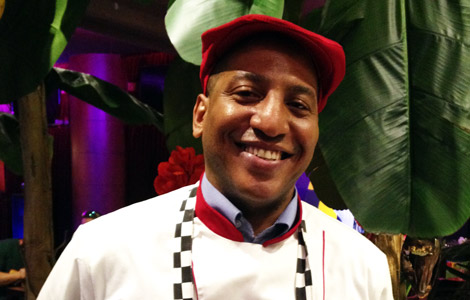
 Osmani Castillo — Cuban chef came to China for love
Osmani Castillo — Cuban chef came to China for love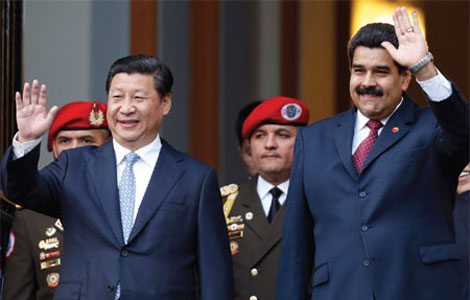
 Xi's visit takes China-Venezuela ties to a 'strategic' level
Xi's visit takes China-Venezuela ties to a 'strategic' level
 Separatists take black boxes, bodies
Separatists take black boxes, bodies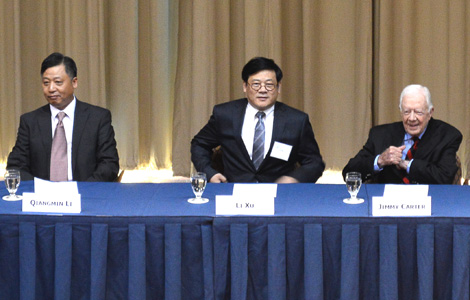
 Former president Carter lauds US-China relations
Former president Carter lauds US-China relations
Most Viewed
Editor's Picks

|

|

|

|

|

|
Today's Top News
New scare hits fast food chains
Investigators examining MH17 victims
Beijing, Caracas sign multiple agreements
Syndrome killing young workers in 'world' s factory'
RMB developing quickly as major world currency
China, Cuba to further advance ties
Chinese get to know Cuba through salsa
Caracas seeks to lure more Chinese tourists
US Weekly

|

|
